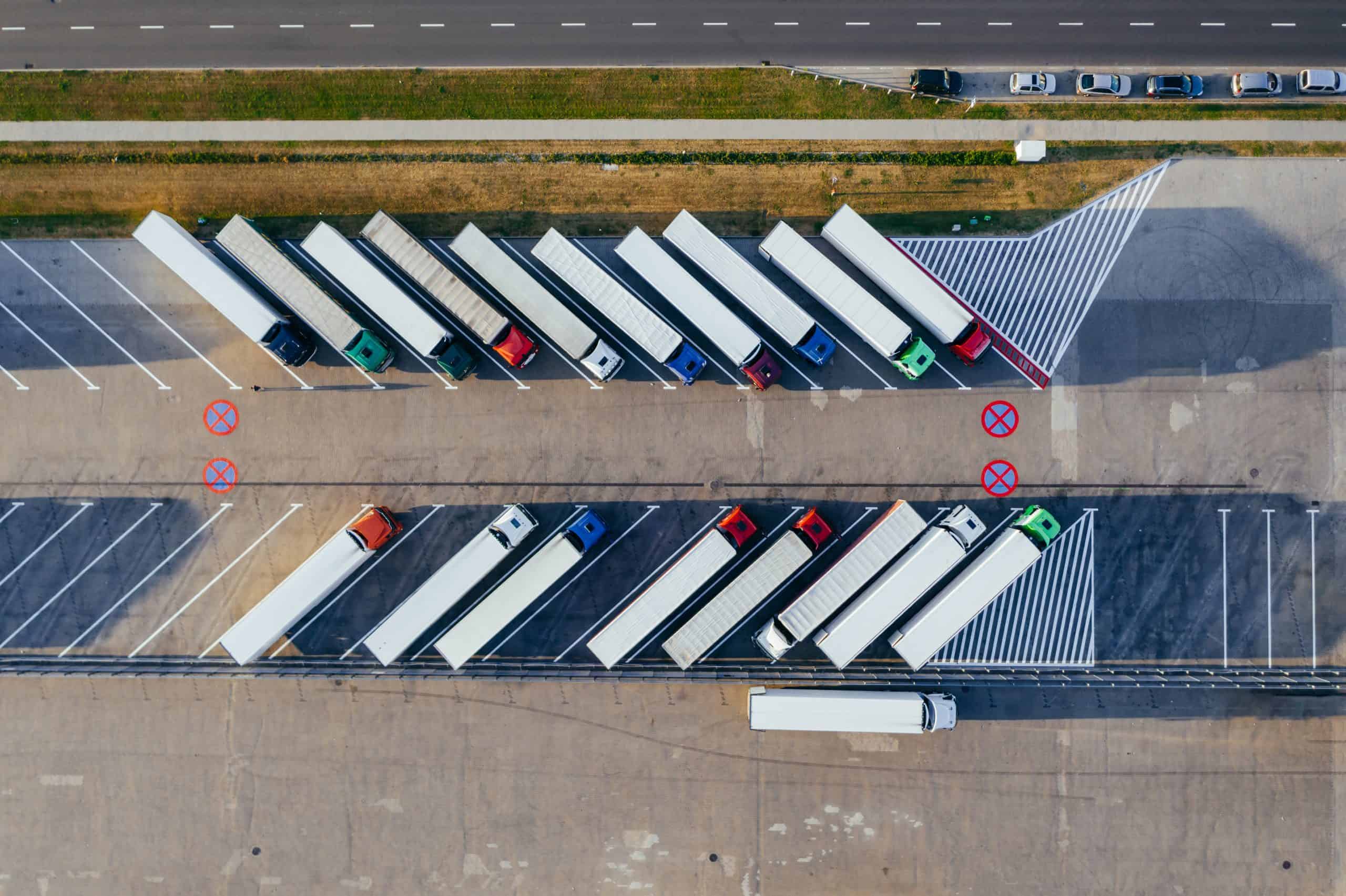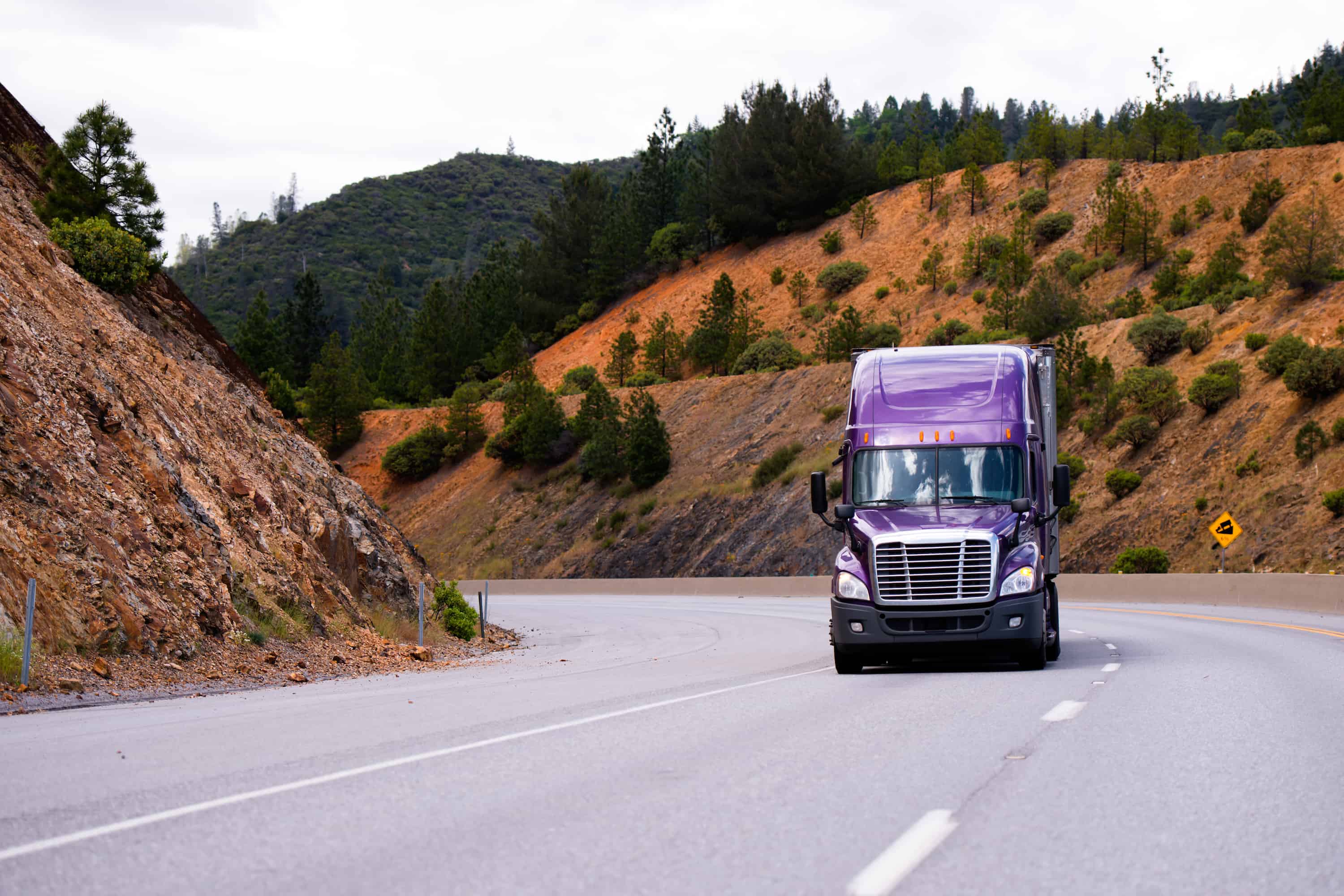 Connected fleets, intelligent fleets, and data-driven fleets are buzzwords that underscore the transformative effect of technology on the modern trucking industry. Fleets have been able to harness data to improve safety, efficiency, and more. With connected vehicles and burgeoning technology, the trucking industry is poised to make an evolutionary leap.
Connected fleets, intelligent fleets, and data-driven fleets are buzzwords that underscore the transformative effect of technology on the modern trucking industry. Fleets have been able to harness data to improve safety, efficiency, and more. With connected vehicles and burgeoning technology, the trucking industry is poised to make an evolutionary leap.
The following are some of the biggest ways technology is transforming fleets:
- GPS and wireless fleet monitoring. Since 2015, the number of GPS and wireless devices used to monitor commercial vehicles and drivers has doubled from 8 million to 16 million. Industry experts expect this market to continue growing by billions of dollars. What’s more, most of these devices operate on 4G LTE and 5G. The few trucking companies still relying on 3G will need to upgrade soon. AT&T plans to discontinue 3G support by February 2022 with Verizon to follow suit in January 2023.
- Value-added services. The electronic logging device (ELD) mandate sparked controversy in its early stages but has become the crux of gathering telematics data. Transportation businesses rely on ELDs to monitor driver behavior, fuel usage, maintenance needs, and more. For fleets to remain competitive, they will need to harness the data to add value for their customers. This could take the form of advanced routing options, reduced risk, video monitoring, and more.
- Increased bandwidth needs. When fleets operated 2G devices, their bandwidth needs were relatively modest. As fleets transitioned to 3G and then 4G, demand for bandwidth exploded from a few megabytes per month to a gigabyte per month at minimum. Fleets that need video telematics, sensors for maintenance, cargo temperature monitoring, and more will require much more bandwidth than the less connected fleets of years past.
- 5G and real-time decisions. Much like the jump in bandwidth from 3G to 4G, 5G’s broadband capability is poised to transform how fleets monitor their vehicles. The speed and reduced latency of 5G will allow fleets to massively increase incoming data from connected devices, which will allow them to make proactive decisions in real-time rather than reacting after the fact. This can increase or adjust staffing needs, define new skill sets for hiring and training and offer new opportunities to present to the marketplace.
- Driver behavior, safety, and cost savings. With the advent of telematics, fleets began utilizing data to identify risky driving behaviors. This encouraged safety training for individuals and areas that would yield the best safety improvements. However, many fleets are finding that driver behaviors also affect fuel costs, maintenance, and more. Knowing this, fleets can set guidelines and monitor drivers to improve safety while keeping costs down.
Trucking technology trends are evolving rapidly as data flow increases exponentially. Contact the experts at Interstate Motor Carriers to learn more about the latest innovations improving fleet safety.

